Creating a garden that thrives starts with selecting the right plants that are well-suited to your local climate. Every gardening enthusiast, from novice to expert, needs to consider several factors to ensure their plants flourish in their specific environmental conditions. Here’s a detailed guide on how to choose outdoor plants that will best adapt and grow in your climate zone.
1. Understand Your Climate Zone

First and foremost, you need to understand your climate zone. The USDA Plant Hardiness Zone Map is a great tool that provides temperature extremes for each zone, helping you to determine which plants are most likely to succeed in your area. Consider factors like the average minimum temperature, the length of the growing season, humidity levels, and rainfall patterns.
2. Consider Sunlight and Shade

Assess the sunlight exposure in your garden. Some plants require full sun like mango tree, while others thrive in partial shade or even full shade. Observe your garden at different times of the day to see how the sun moves across the space. This will guide you in choosing plants that have compatible light requirements with your garden’s conditions.
3. Soil Type Matters

Soil type can significantly affect plant health. Some plants need well-draining sandy soil, while others prefer a more compact clay soil. Have your soil tested to determine its type and pH level. This information will help you select plants that can thrive in your garden's soil or guide you on how to amend your soil to suit the needs of your desired plants.
Also Read- 6 Proven Health Benefits Of Indoor Plants That You Should Know
4. Water Requirements

Consider the water needs of potential plants and how these align with your local climate. Xeriscaping, or using drought-resistant plants, is ideal for arid regions, reducing the need for irrigation. Conversely, if you live in an area with abundant rainfall, choose plants that require more water and can handle moist conditions.
5. Wind and Exposure

Plants vary in their ability to withstand wind. In coastal or exposed areas, opt for plants that are tolerant of wind and salt spray. For gardens in more protected areas, you can choose a wider range of plants, including those that might be more sensitive to harsh conditions.
Also Read- 6 Tabletop Plants For Small Spaces: Perfect Picks For Compact Living
6. Local Wildlife

Consider the local wildlife in your area when selecting plants. If deer are common, you might want to choose deer-resistant plants unless you plan to implement protective measures. Similarly, if you're interested in attracting birds, bees, or butterflies, consider plants known for attracting these beneficial creatures.
Conclusion:
Choosing the right outdoor plants for your climate zone involves understanding the environmental conditions of your area and selecting plants that will naturally thrive there. By considering factors such as climate, sunlight, soil type, water needs, and local wildlife, you can create a garden that is not only beautiful but also sustainable. Remember, a successful garden is a well-planned garden. Start with the right plants, and you’ll enjoy lush, healthy growth season after season.


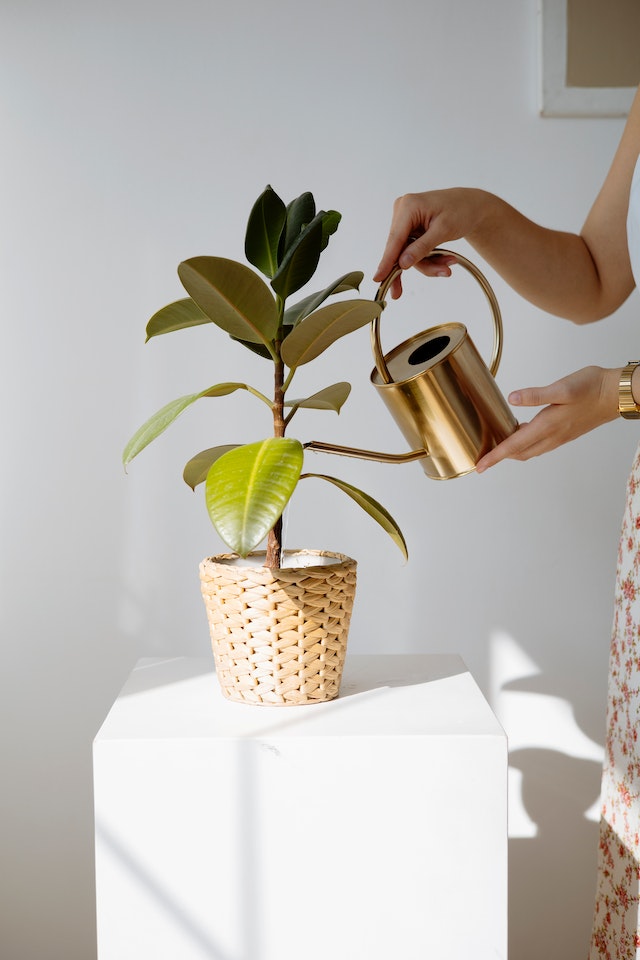



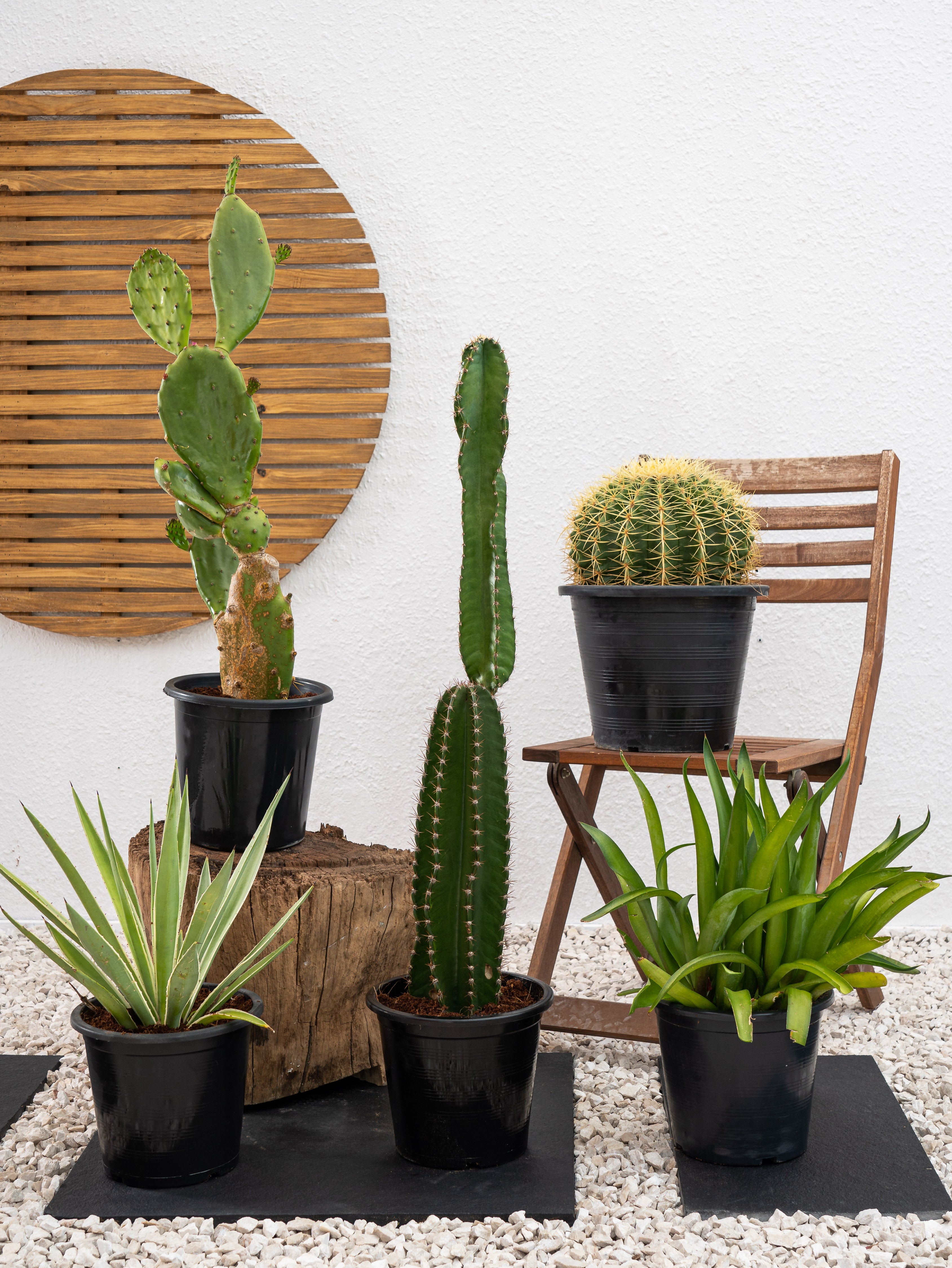
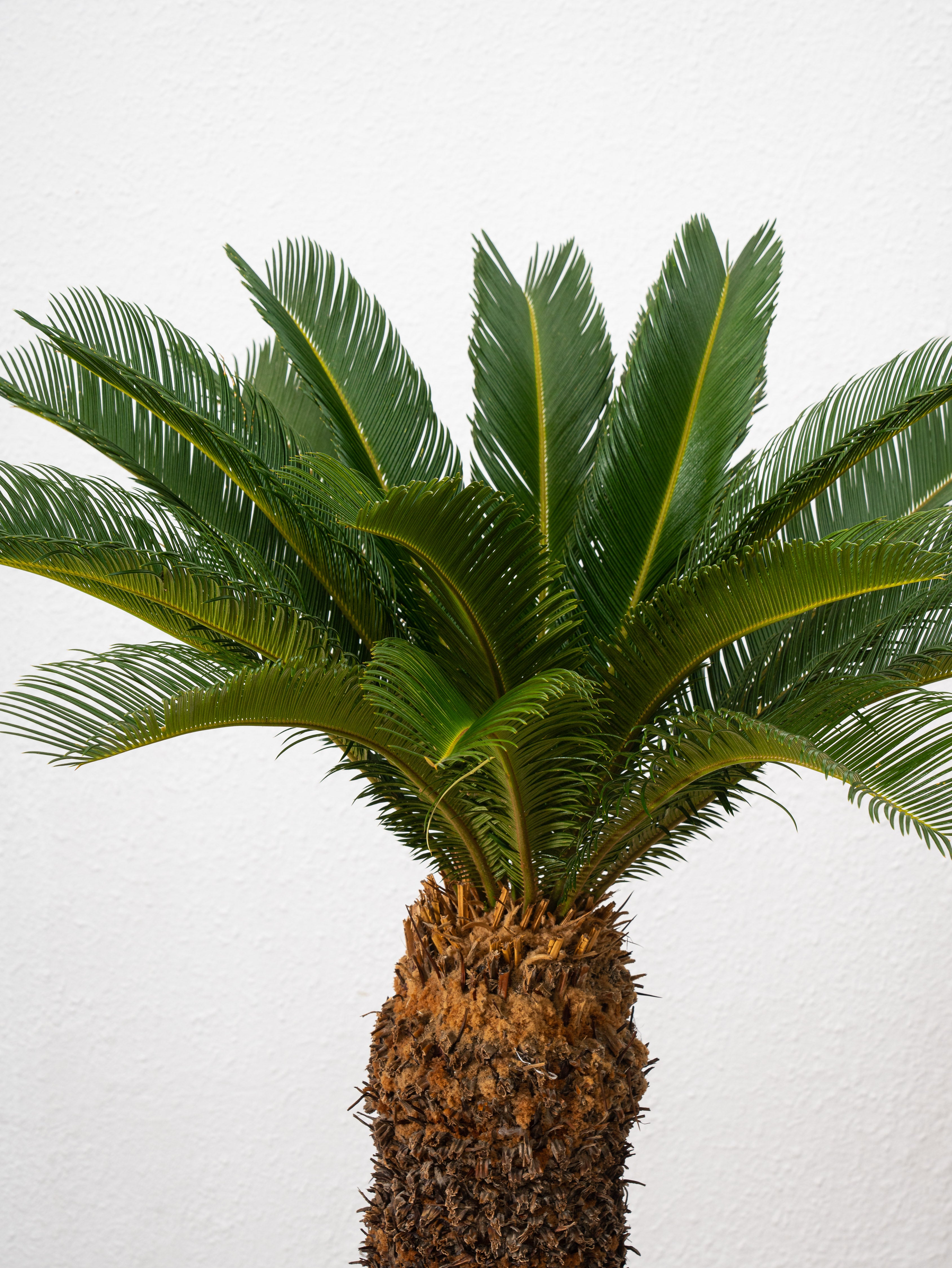
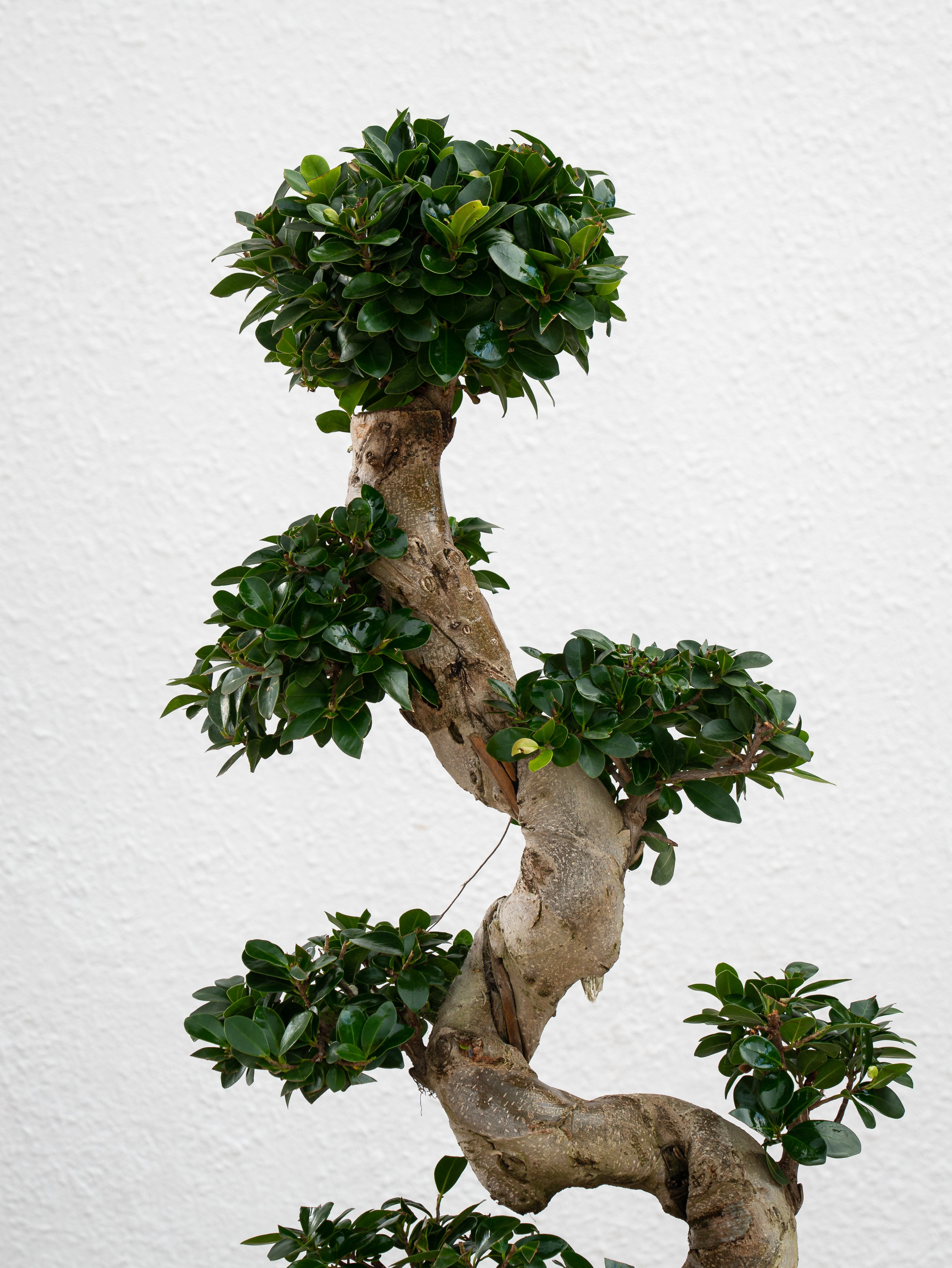
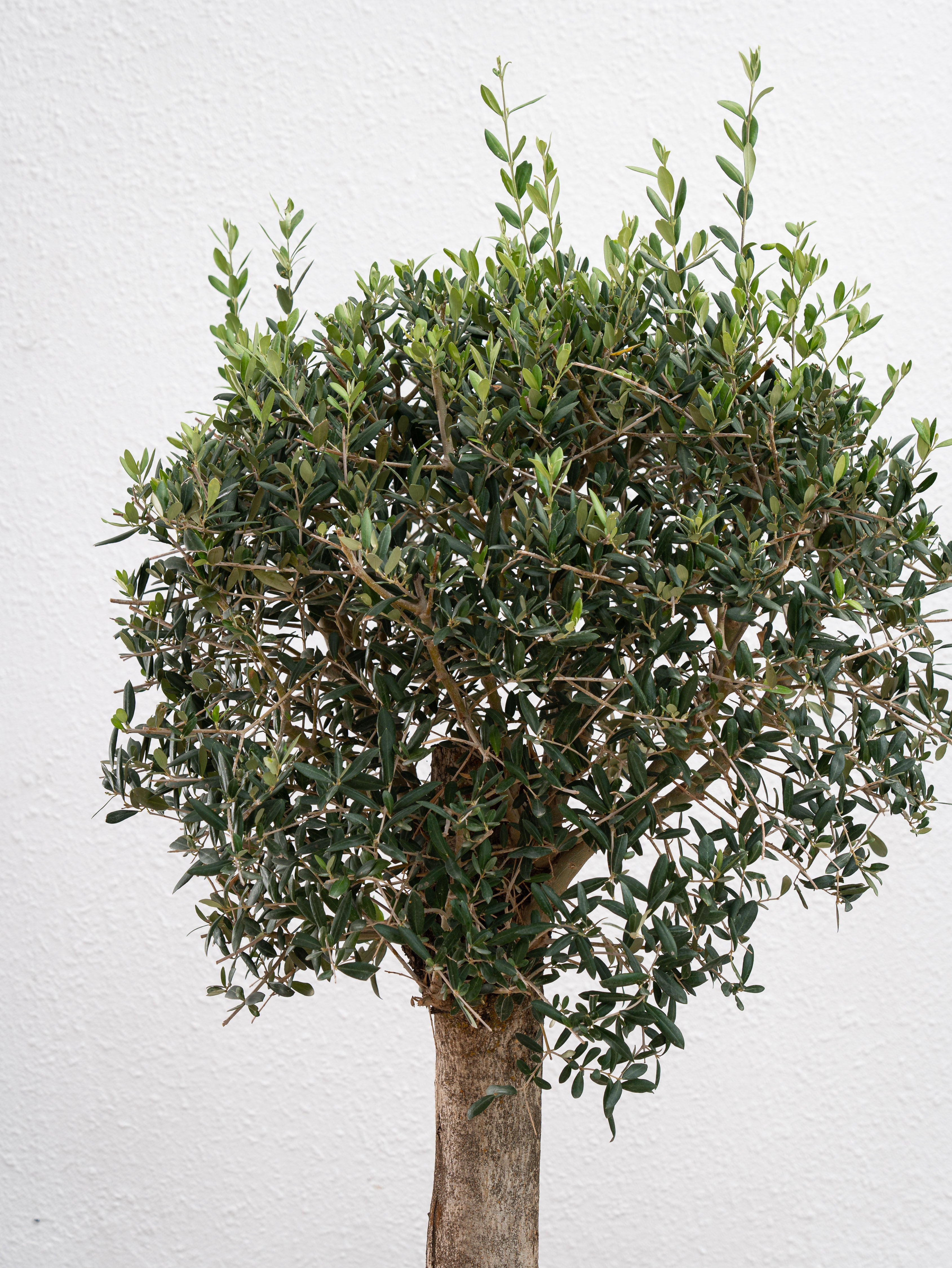
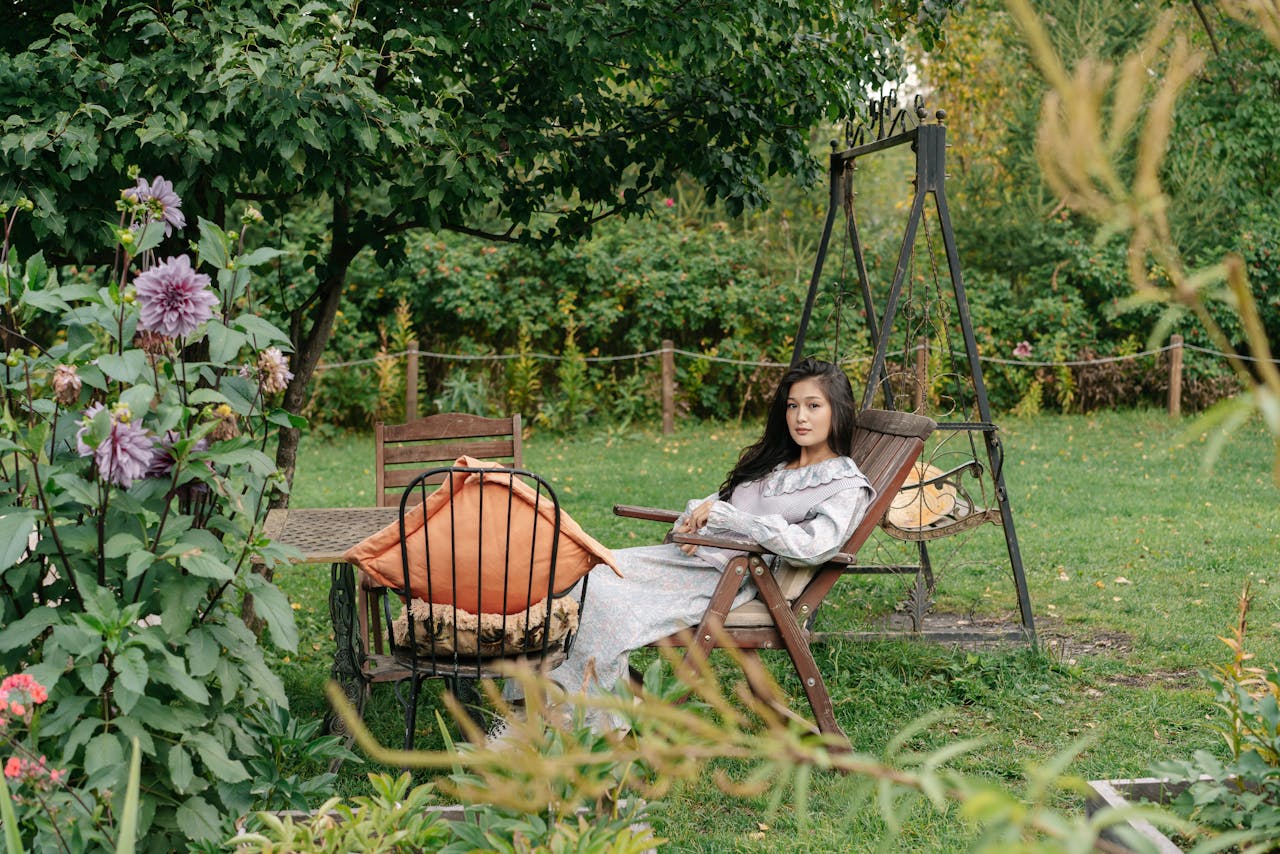
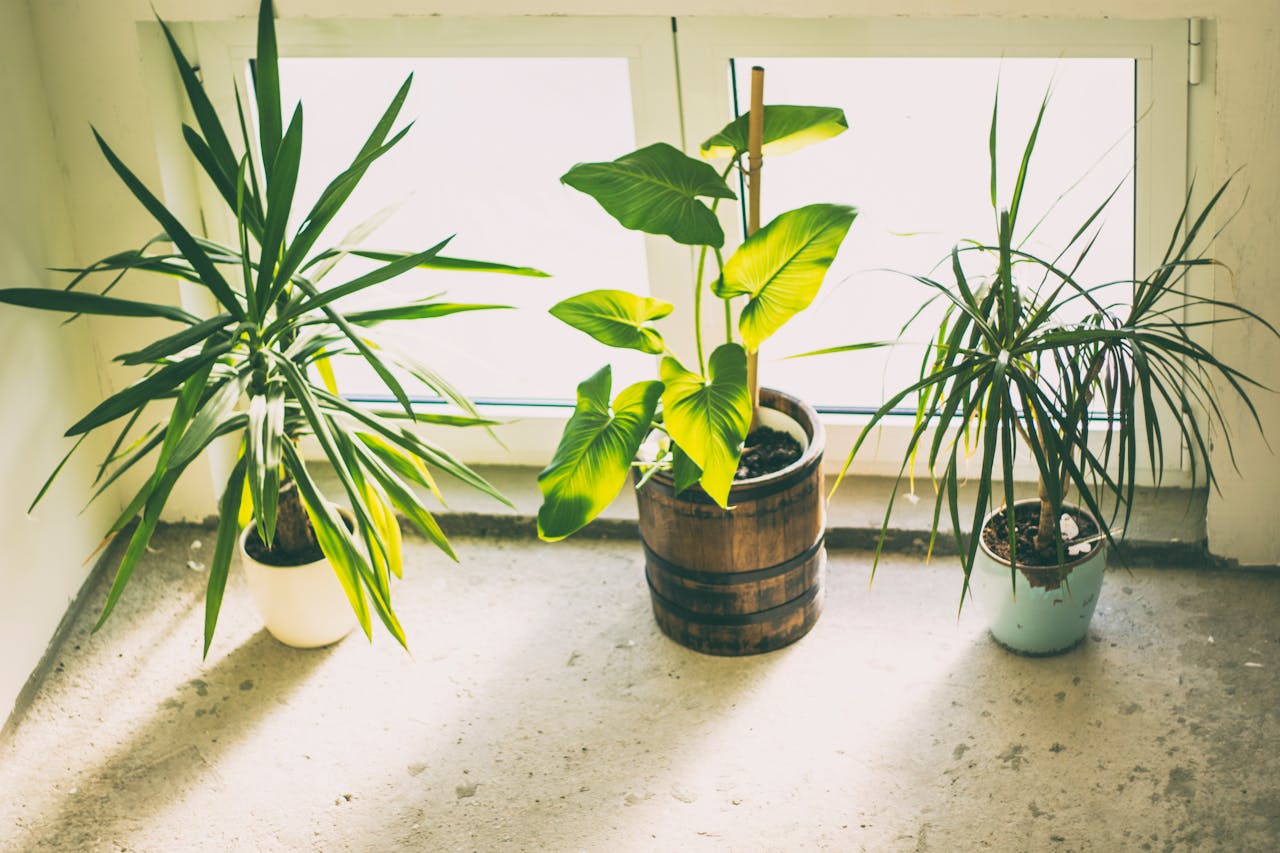
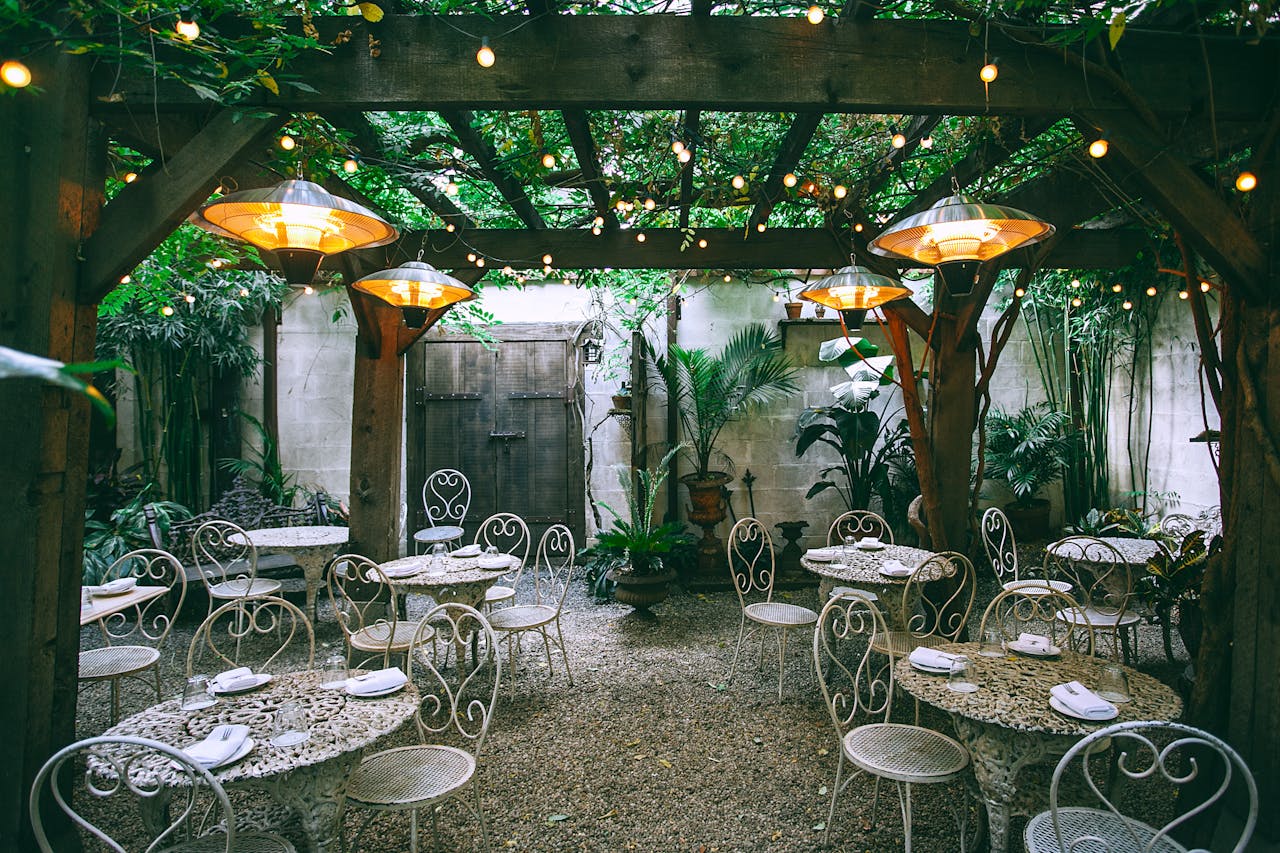
Leave a comment
This site is protected by hCaptcha and the hCaptcha Privacy Policy and Terms of Service apply.